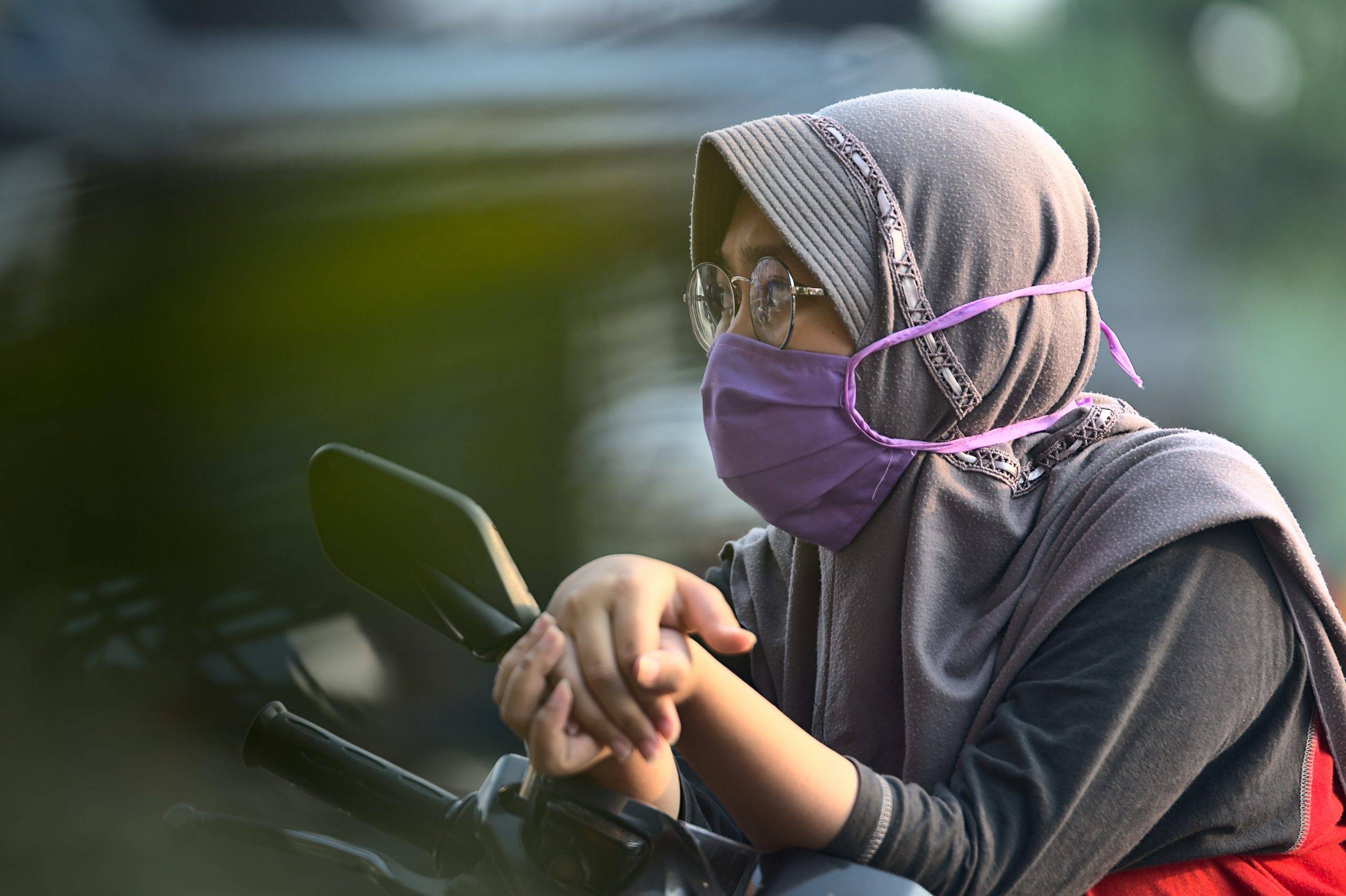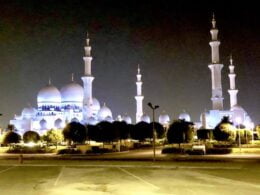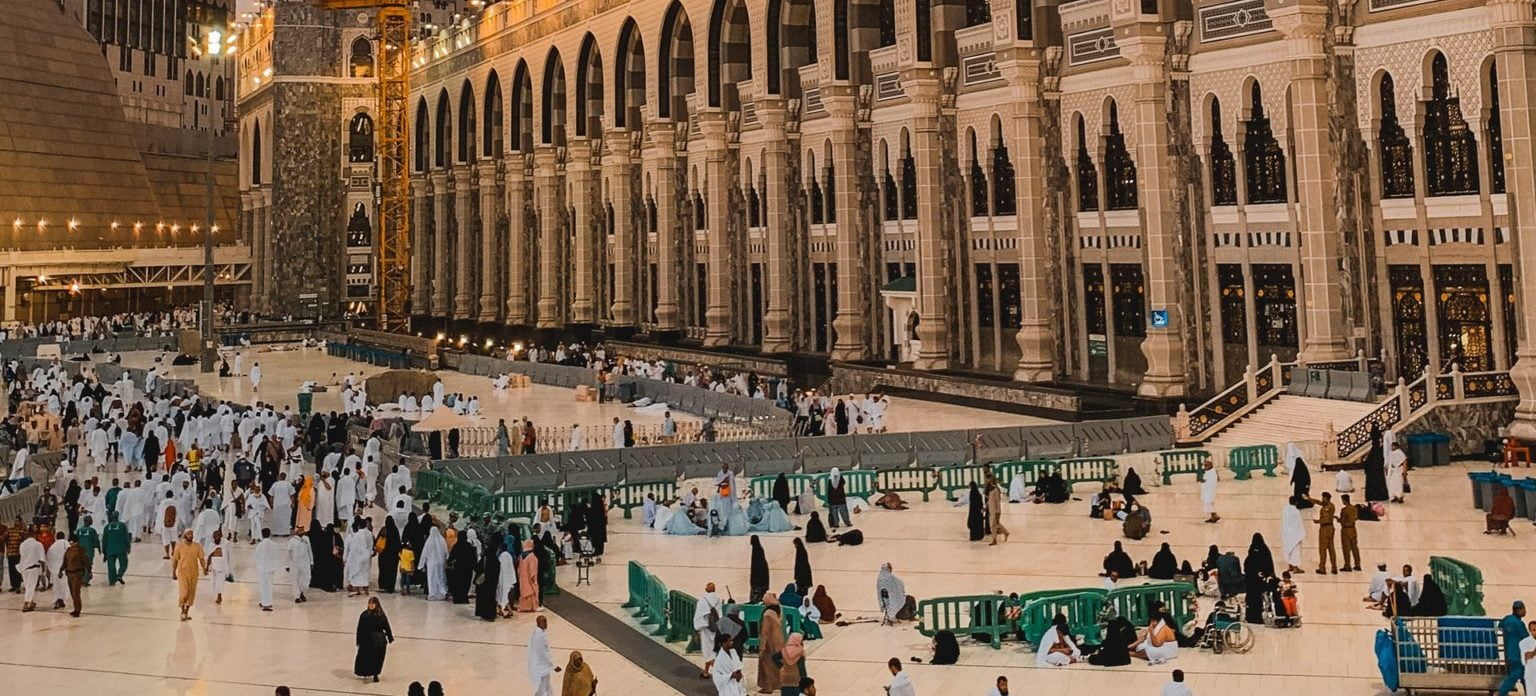Experts say this completes the Chinese government’s push to “sinicize” Muslim places of worship.
This mosque, one of China’s grandest, is located in the small town of Shadian in Yunnan province. Until recently, it had a large green dome with a crescent moon on top, surrounded by four smaller domes and tall minarets. Satellite images from 2022 show the mosque’s entrance decorated with a big crescent moon and star made from black tiles.
Photos and witness accounts from this year reveal that these features are now gone. The dome has been replaced by a Han Chinese-style pagoda roof, and the minarets have been shortened and turned into pagoda towers. Only a faint trace of the crescent moon and star tiles remains on the mosque’s front terrace.
Another significant mosque in Yunnan, the Najiaying Mosque, also recently lost its Islamic features during renovations.
In 2018, the Chinese government announced a plan to “sinicize” Islam over five years. This included removing “foreign architectural styles” and promoting “Islamic architecture” that aligns with Chinese characteristics. A leaked Communist Party memo showed that local authorities were told to “demolish more and build less.”
Ruslan Yusupov, an anthropologist who spent two years in Shadian, said the changes to these two major mosques mark the success of the sinicization campaign. “Even if there are small Arab-style mosques left in villages, it’ll be hard for local communities to stop them from being sinicized,” he added.
Hannah Theaker, a historian of Islam in China, said the sinicization campaign moved through different provinces, tackling Yunnan last. “By 2023, communities knew it was just a matter of time before the famous mosques in Yunnan were affected,” she explained.
“The renovations is to send a clear message to destroy religion and ethnicity.”
Ma Ju, a Chinese Hui activist based in New York
The Grand Mosque of Shadian was first built during the Ming Dynasty but was destroyed during the Cultural Revolution in an event known as the Shadian incident. More than 1,000 Hui Muslims were reportedly killed. The mosque was later rebuilt and expanded with government support, inspired by the Prophet’s Mosque in Medina, Saudi Arabia. It now has three prayer halls and can hold 10,000 worshippers.
The Hui are a Chinese Muslim minority, mostly living in western China. According to the 2020 census, there are more than 11 million Hui people, similar in number to the Uyghurs.
Yusupov noted that the changes to the Shadian and Najiaying mosques show how Muslims regained their religious spaces after the Cultural Revolution. But in the era of Xi Jinping, this inclusion now happens through the “impairment or disfigurement” of their mosques.
A Hui Muslim who opposed the mosque changes said, “Shadian mosque is very important to all Muslims, not just in Shadian. It’s a big loss. We just wanted to keep our last bit of dignity.” The man has since left China and asked to stay anonymous for safety reasons.
One notable change to the Grand Mosque is the addition of Chinese characters below the gold-plated Arabic writing on its front. The Chinese text reads: “The imperial palace of supreme truth,” a Taoist term also used in Chinese Islam but not previously linked to Shadian’s mosque.
Ian Johnson, an author who wrote about religion in China, stated, “Given the tragic history of this mosque, its reconstruction and renaming is another attempt to erase local people’s beliefs and cultural heritage.”
In 2014, the Chinese government launched a “strike hard” campaign in Xinjiang against Uyghurs, involving intense surveillance and severe penalties for expressions of Islamic faith. This campaign led to around a million Uyghurs and other minorities being detained in centers that the UN says could involve crimes against humanity. The Chinese government defended its actions as necessary to combat extremism.
In 2018, the focus expanded to the sinicisation of Islamic architecture. A 2022 analysis by the Financial Times found that three-quarters of over 2,300 mosques in China had been altered or destroyed since 2018.
Normally, Hui communities have had more freedom to practice their faith compared to Uyghurs, as the government sees them as better integrated with the Han majority. However, there have been clashes over mosque modifications. Last year, hundreds of police clashed with protesters at the Najiaying mosque over renovation plans. The protests were eventually stopped, and the renovations went ahead.
Muslims in Shadian didn’t protest when their mosque was closed for sinicization last year, likely because they watched what happened in Najiaying. “Since that time, Shadian people realized that the government has very strong power to control everything,” said a former mosque employee who left China in 2021. “But people are not happy with the government forcing them to change the mosque style.”
The Grand Mosque of Shadian reopened in April, just in time for Eid. A video from inside the prayer hall shows several surveillance cameras that had been installed. In 2020, the mosque management had refused a request to install these cameras, said the former employee.
Five sources familiar with the situation in Shadian said wireless speakers were given to households to broadcast the call to prayer, as public calls are generally banned, raising surveillance concerns.
China’s mosque sinicization plan is considered nearly complete, but it’s just part of a bigger effort to shape religion, especially Islam, to fit the government’s ideology. This February, Beijing tightened rules on religious expression to make sure faiths “follow the direction of sinicization.” Some local authorities already ban anyone under 18 from attending mosques, and in Najiaying, minors are banned from fasting.
“The sinicization of Islam campaign was never just about the appearance of mosques,” said Theaker, the historian.
Subscribe to our channels on WhatsApp, Google News, Facebook and Instagram.Discover more from The Islamic Information
Subscribe to get the latest posts sent to your email.












